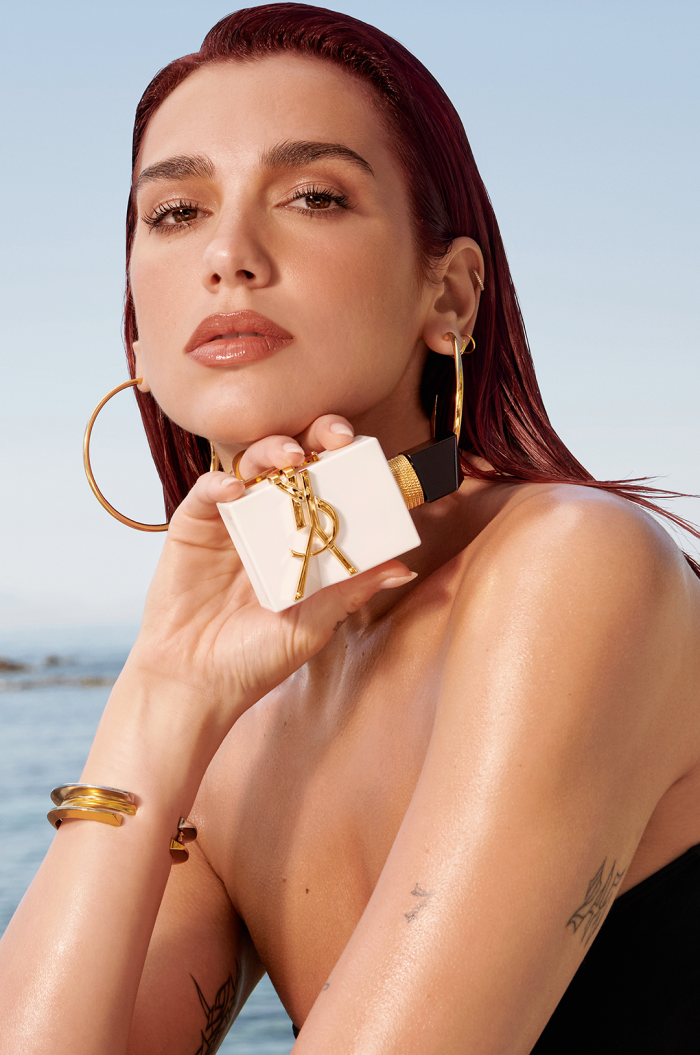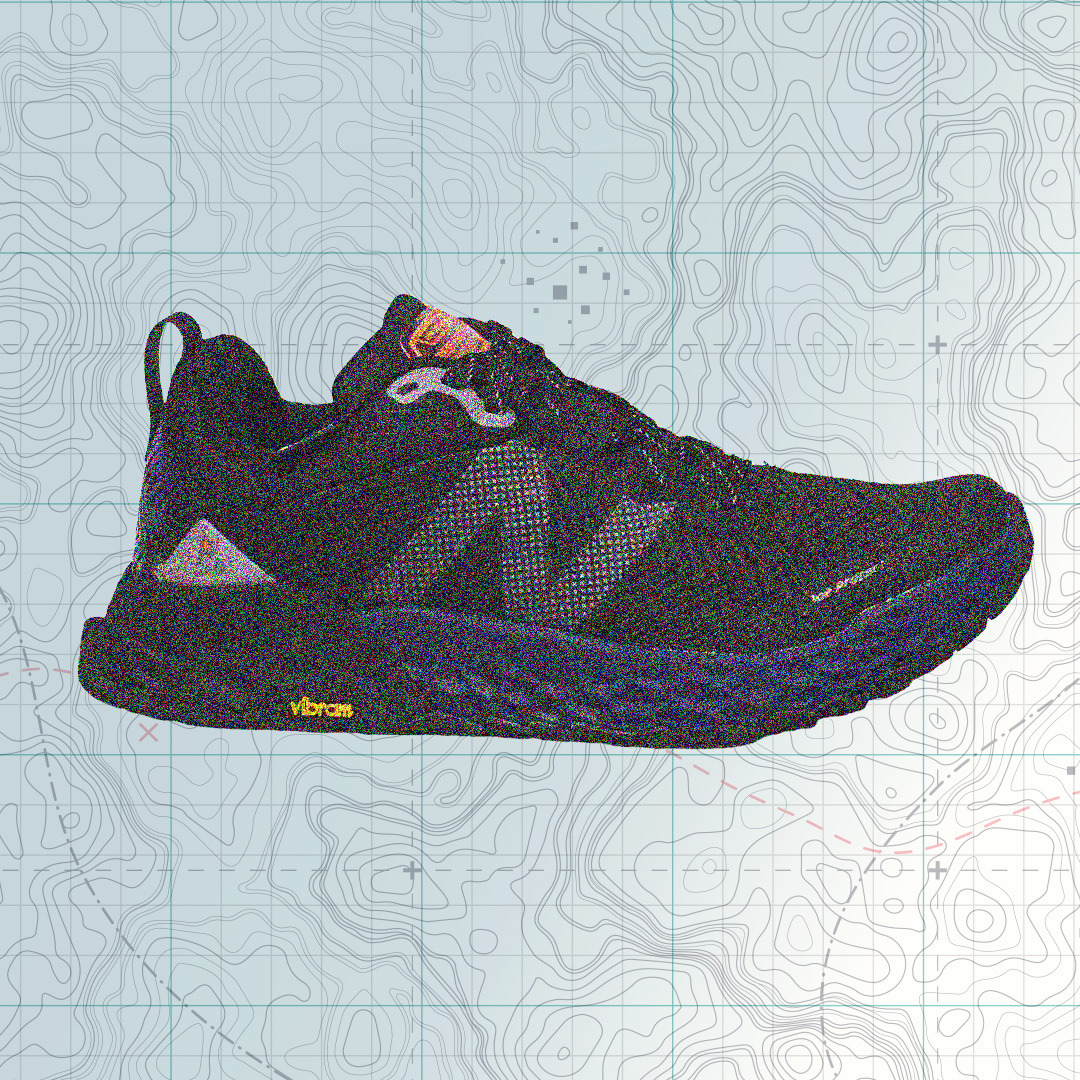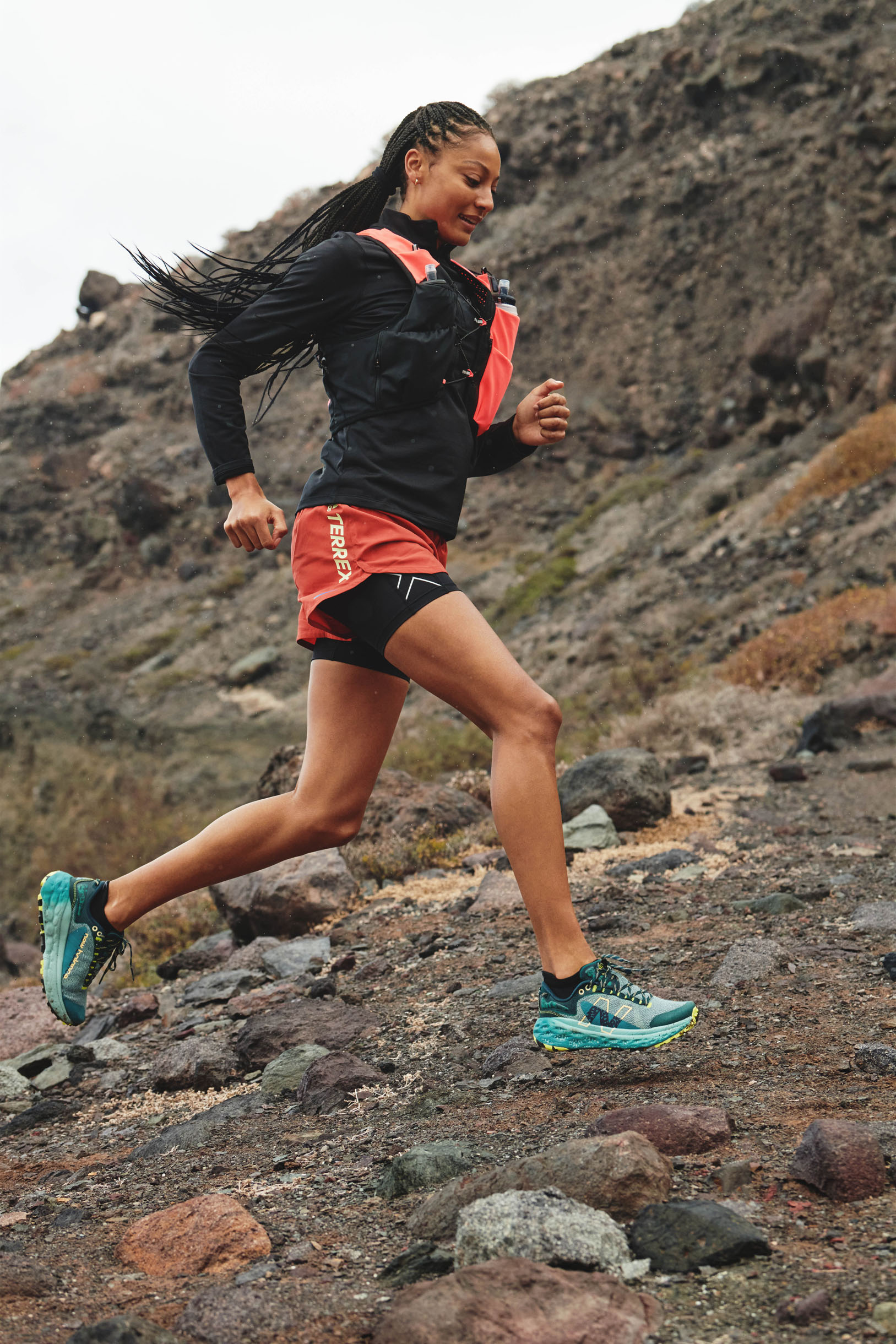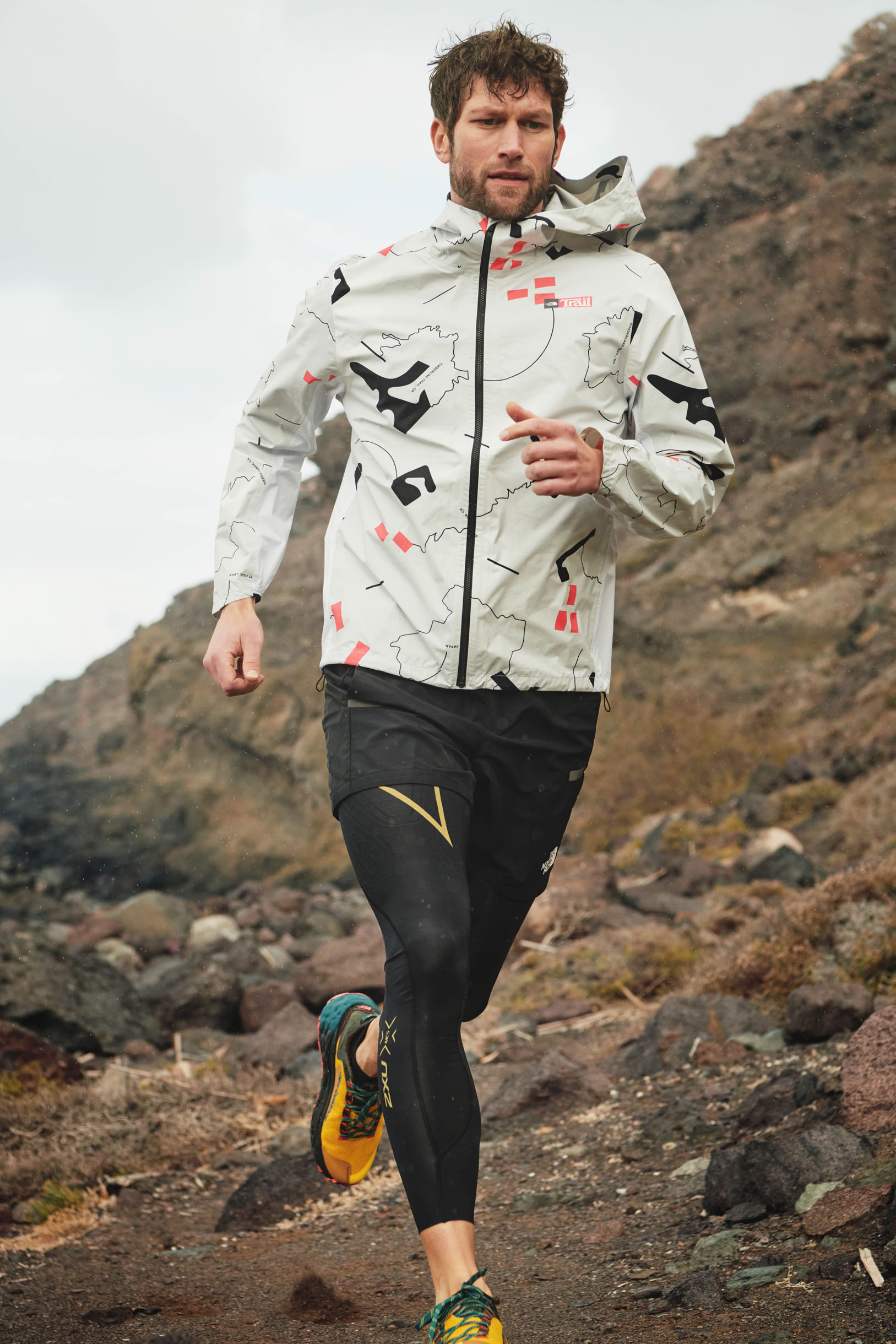

Now the weather is warming up, it’s time to venture off-road and hit the trails for your runs. This requires a different shoe, so say hello to the trail running shoe. If you’re not sure what the difference is compared to a road running shoe, here we give you the lowdown.
While running on the road is about speed, running on the trails is all about protection and stability as the ground is uneven. Road shoes are built to move fast whereas the trail shoe has features like abrasion-resistant uppers, firm midsoles, and things like knobby soles to give protection and support on different terrains. Here’s what you need to know about the trail shoe.
The sole of trail running shoes is different from a road running shoe. They have deeper lugs and sticky, grippy rubbers for great traction on varied terrain, whereas road shoes are made of flatter foam with shallow lugs for running on smooth ground. Some trail shoes have big, knobby lugs for grip in loose terrain while others have smaller lugs that are closer together and are better suited to smooth dirt trails.
A trail shoe’s midsole (the area between the outsole and the upper) varies from soft and cushy to stiff and stabilising but are usually made of foam. The midsole can vary in height, stiffness, and heel-to-toe drop, but have a firmer midsole than a running shoe for better support on uneven ground. Some shoes have a rock plate built into the midsole to offer even more protection. The types of cushions in the midsole vary but it needs to absorb shock, maintain agility, and provide energy rebound.
Trail running shoes are built for protection, so they protect you from rocks and debris on your trail run. They are often reinforced with synthetic materials around the toes, sides, and heels. The uppers are durable, rigid, and abrasion-resistant while still being lightweight, breathable, and flexible. Usually made from synthetic-derived materials like nylon mesh which withstand grime and abrasion yet ensure breathability. Some include GORE-TEX linings to help keep moisture out. The heel cup is snug and has padding for protection.
+ Consider your distance. While it’s important that your trail shoes are supportive you will need more cushioning if you go on longer runs. For longer distances go for trail shoes with softer midsoles.
+ Consider the terrain. If it is a rocky run, you’ll need a pair of trail runners with a toe guard and durable uppers to protect your feet. If you’re running in mud, it’s more important for the shoe to have a waterproof upper and wide-spaced lugs for traction.
+ Consider the feel of the shoe. Do you want to feel the trail underfoot as you run, or would you rather absorb the impact with more cushioning? It really is a matter of personal preference.


